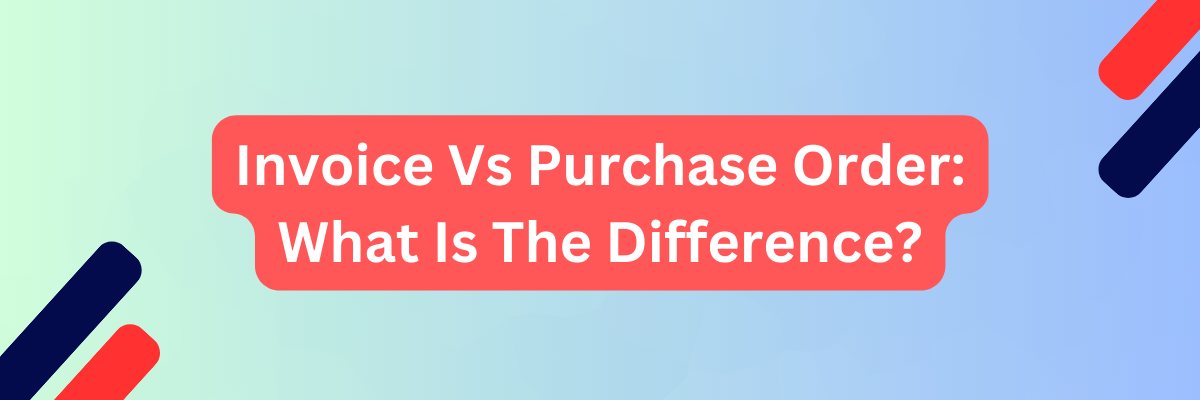
Invoice and Purchase Order (PO) are distinct documents used in the context of business transactions, particularly in the procurement and payment processes. Here are the key differences between them:
Purchase Order (PO):
-
Purpose:
- A Purchase Order (PO) is a document generated by a buyer (often a company or organization) to formally request the purchase of goods or services from a seller or supplier.
- It serves as an official order and a communication tool to specify what is being purchased and the terms of the purchase.
-
Initiation:
- The buyer initiates the creation of a PO when they decide to procure goods or services. It outlines their intent to purchase.
- The PO is typically generated before the goods or services are received.
-
Contents:
- A PO includes essential information such as the buyer's and seller's names and addresses, a unique PO number, a detailed description of the items or services to be purchased, quantities, prices, payment terms, delivery terms, and any special terms and conditions.
-
Legal Status:
- A Purchase Order is a legally binding document once it's accepted by the seller. It outlines the terms and conditions of the purchase, and both parties are obligated to fulfill their respective responsibilities as per the PO.
-
Timeline:
- POs are issued before the actual delivery of goods or services. They serve as a formal request for the seller to provide the specified products or services.
Invoice:
-
Purpose:
- An invoice is a document issued by the seller (supplier or vendor) to request payment from the buyer for goods or services that have been provided or delivered as per a previously agreed-upon arrangement, which may include a purchase order.
-
Initiation:
- Invoices are created by the seller based on the information from a Purchase Order, a prior agreement, or the actual delivery of goods or services.
- They serve as a request for payment and an official record of the transaction.
-
Contents:
- An invoice typically includes details such as the names and addresses of both the buyer and the seller, a unique invoice number, a breakdown of the items or services provided, quantities, prices, taxes, shipping fees, payment terms, and the total amount due.
-
Legal Status:
- An invoice is also a legally binding document. It represents the seller's claim for payment from the buyer based on the goods or services provided.
-
Timeline:
- Invoices are issued after the delivery of goods or completion of services. They are used to formally request payment from the buyer for the provided products or services.
In summary, a Purchase Order is a document initiated by the buyer to formally request and specify the terms of a purchase before delivery, while an Invoice is a document generated by the seller to request payment from the buyer after the goods or services have been provided. Both documents are important for record-keeping, financial transactions, and legal documentation in business transactions.



